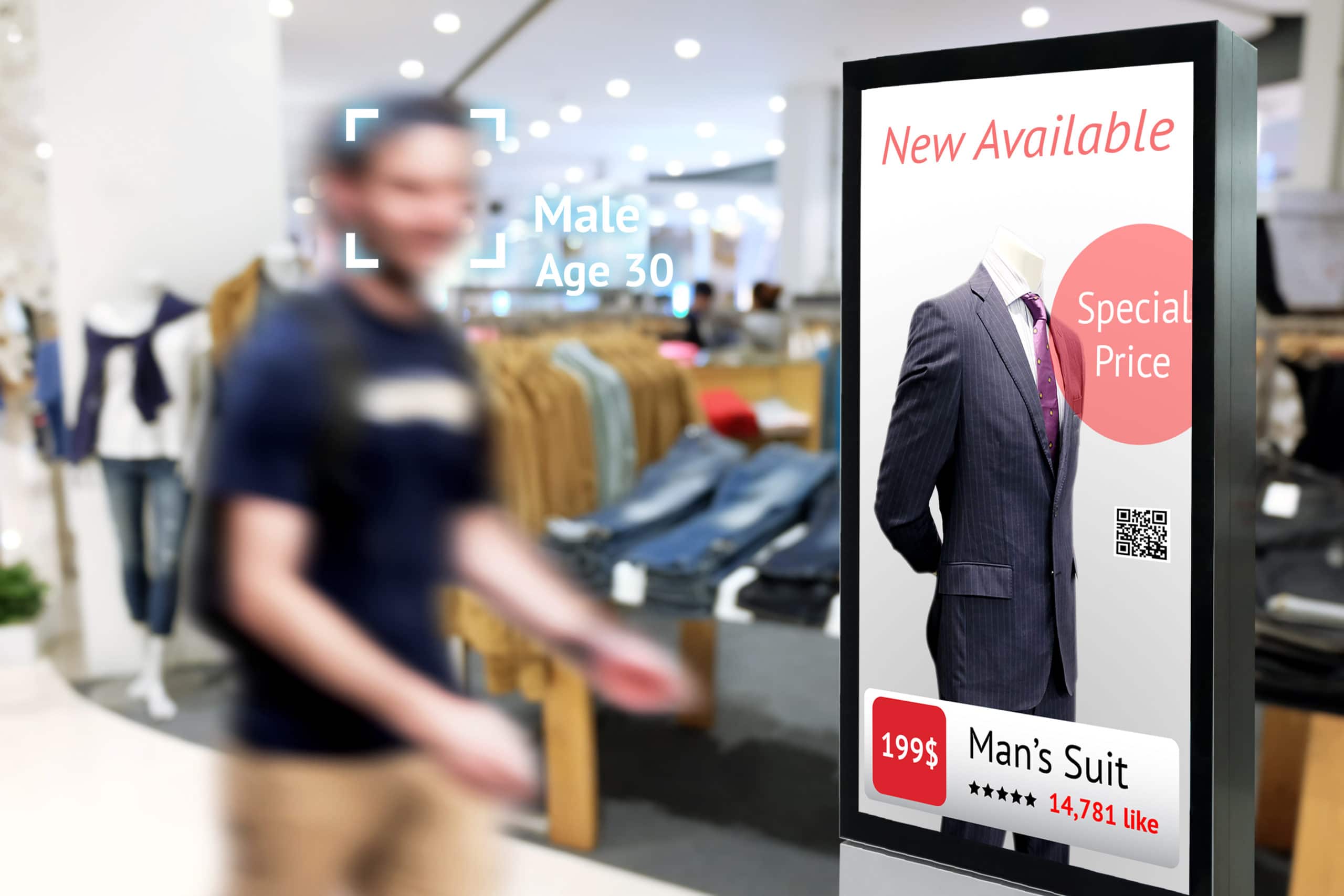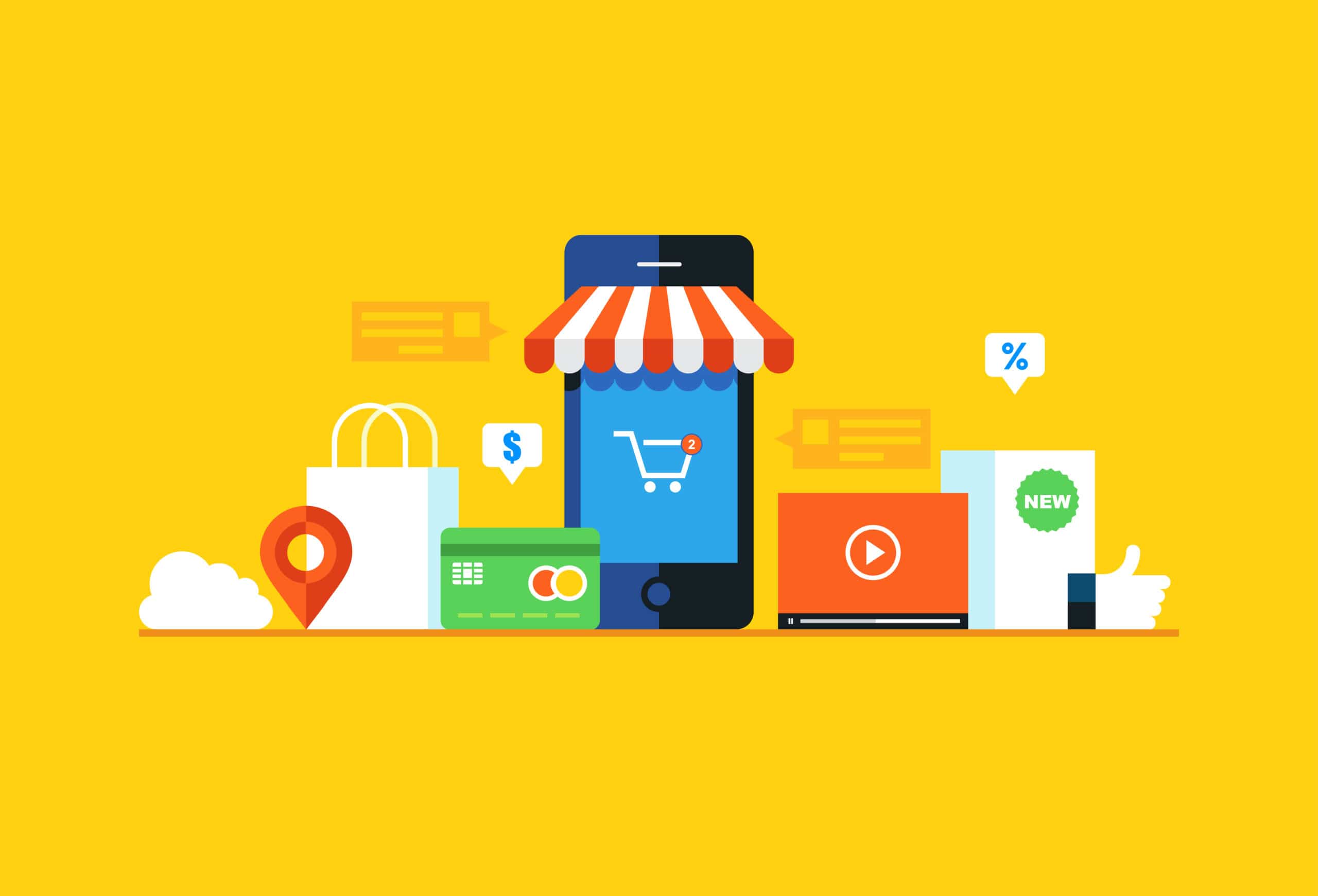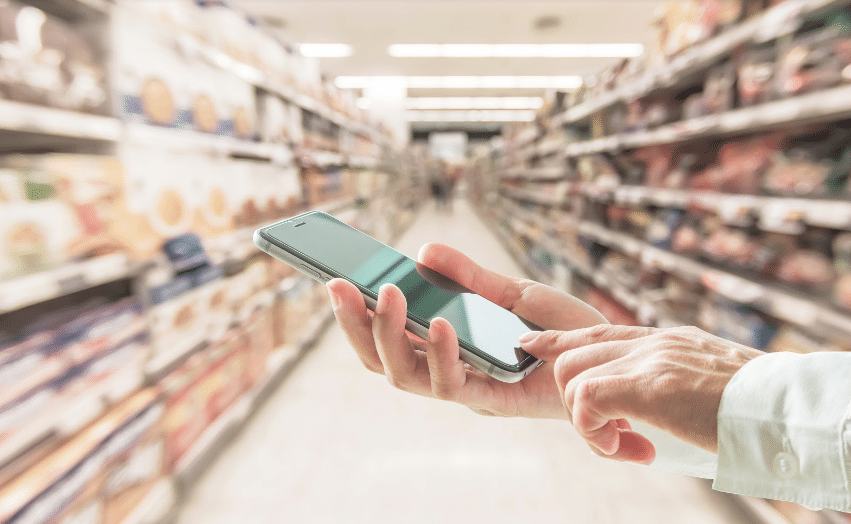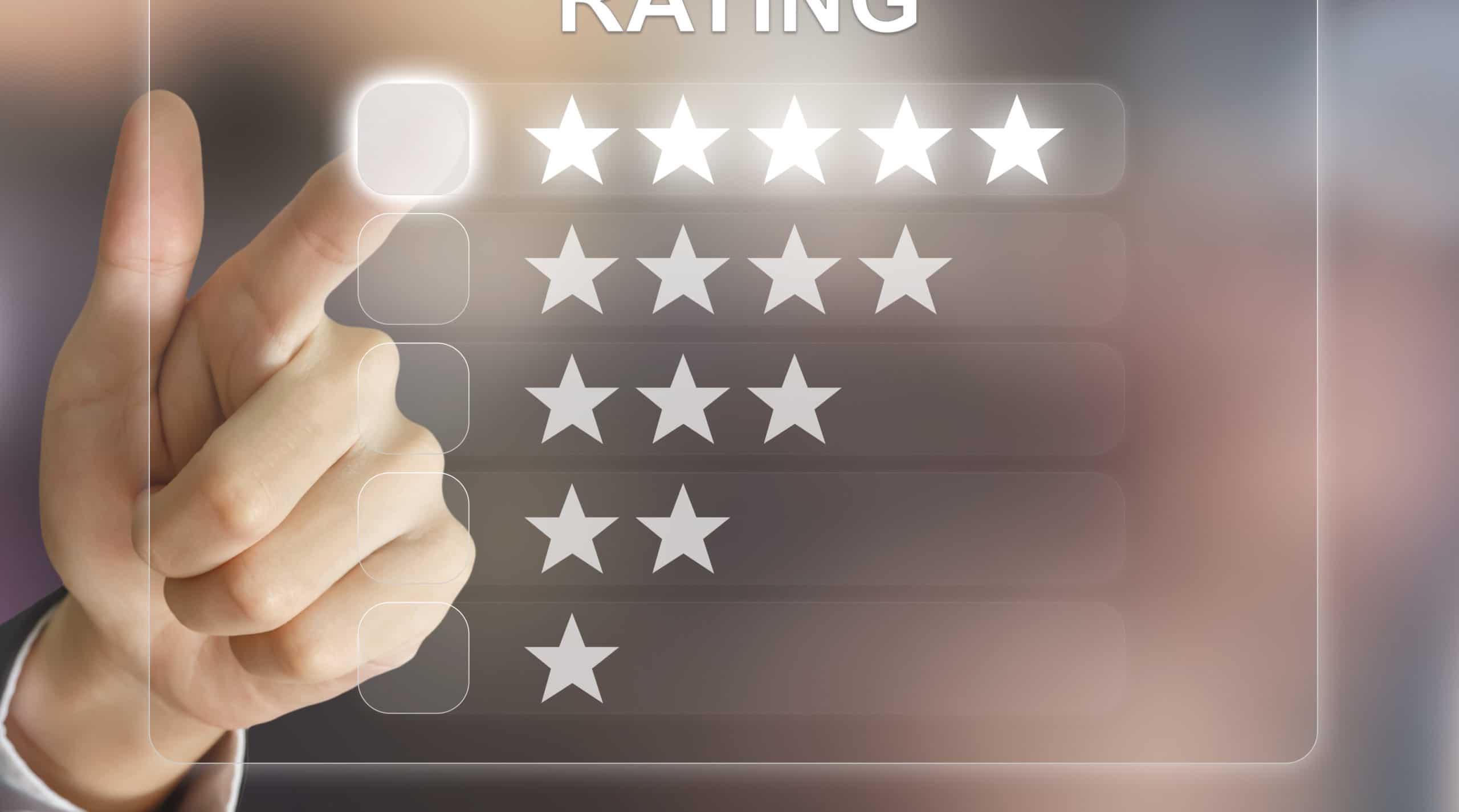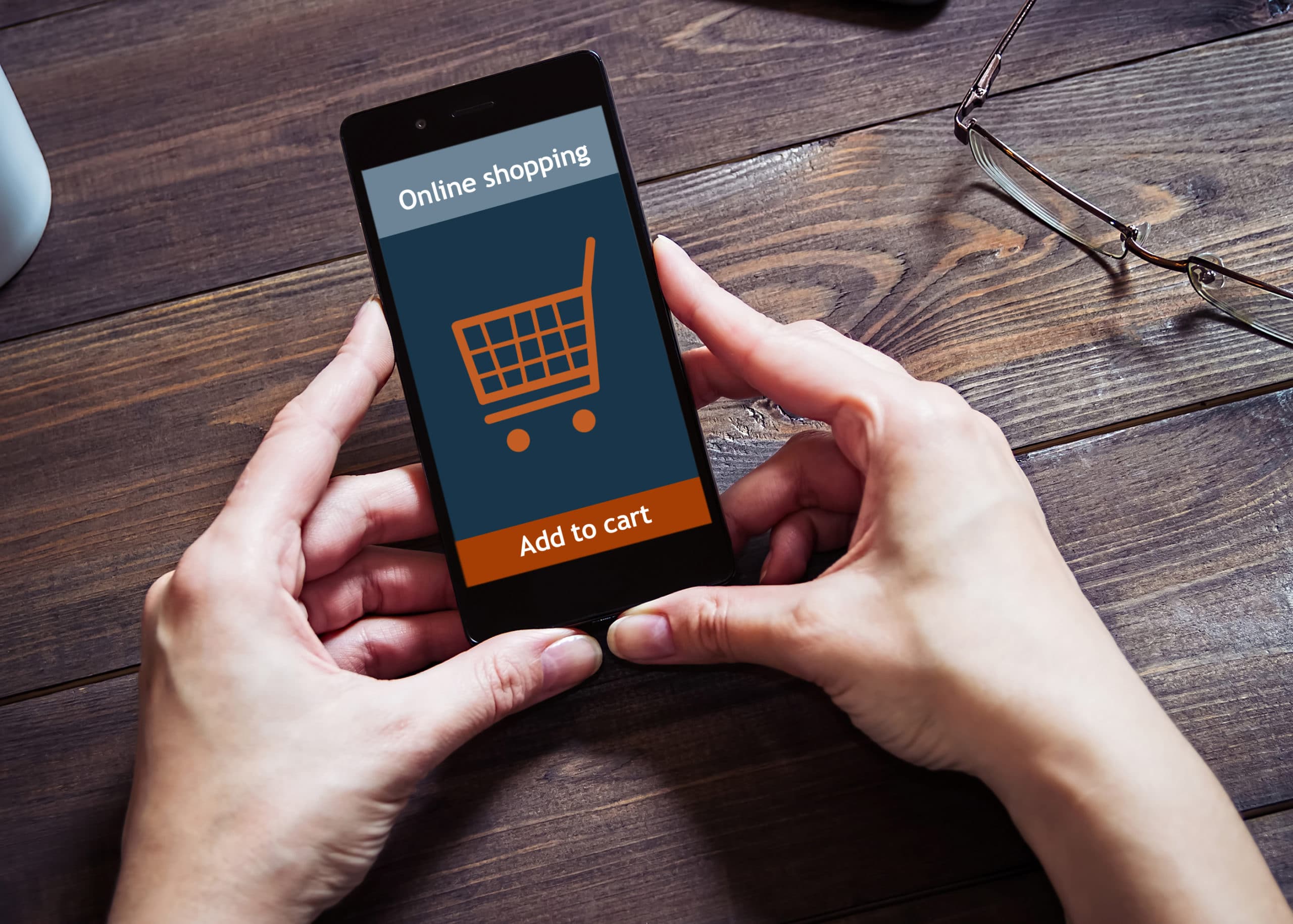Innovative product launch ideas don’t have to be sophisticated, full-scale campaigns. Continue reading “These 3 innovative product launch ideas will take your marketing strategy to the next level”
Category: b2b
How to engage customers in the shopping aisle with mobile technology
Mobile technology is an integral part of determining how to engage customers in the shopping aisle. Consumers consistently carry their smartphones with them as they shop and typically, they use their mobile devices to enhance their in-store experience. In fact, one survey showed that 77% of consumers used their phones while in the shopping aisle to gain product information and find deals. Brands that wish to engage consumers during these pivotal moments need to take advantage of mobile-based opportunities to share product information, gain attention, and influence consumer decisions at the point of purchase.
It’s said that “location is everything” when it comes to sales, but in today’s retail climate, location is dynamic. Brands creating a shopper marketing plan must account for the constant movement of consumers. Mobile allows brands to capitalize on that movement and encourage consumers to interact with products while in the store. As the likelihood of purchase increases based on a product’s proximity to the customer, mobile can provide several opportunities to drive consumer interest which many other digital marketing methods can’t.
Influencing Customers With Psychological Cues
Marketers have studied psychological cues and how they impact consumer behavior since the free market began. Everything from the color of a product to the way it physically feels in hand can influence how a consumer reacts to the brand. Mobile can be a crucial part of this process, as it allows brands to leverage several sales-driving cues, including:
- Scarcity: These days, scarcity is more often referred to by the new phrase “fear of missing out” or FOMO. It uses limited-time opportunities to encourage consumers to engage with a brand. When the consumer knows they only have a limited amount of time to cash in on a deal or event, they’re likely to act more quickly. CoverGirl took advantage of this on National Lipstick Day, which fell on July 29 this year. The cosmetic company partnered with Target as well as a mobile app to offer a 25% discount on certain lipsticks to celebrate the event. The limited time offer drove interest in the brand and prompted consumers to act fast, which quickly led to increased sales.
- Reciprocity: Reciprocity is a strategy that most shopping apps, like Shopkick, use. When an individual receives something from a person, brand, or business, they feel the urge to return the favor. Brands can use rewards points, which are typically available through shopping apps, to trigger this reciprocity. With Shopkick, consumers can gain kicks (rewards points) for scanning items in the store. The mobile program leverages reciprocity while encouraging consumers to seek out products in the shopping aisle. The physical process of handling the item and receiving a reward primes consumers for purchase, which increases the likelihood of a returned favor, or a purchase.
- Authority: Consumers often turn to their smartphones for advice when they’re in the store. Brands that display authority through a helpful mobile strategy can build consumer trust. An excellent example of this comes from the well-known pasta company, Barilla. The brand provides an informative online experience which offers a wide range of recipes to consumers—even those who may not have extensive cooking skills. It also includes simple but useful information, like how to decipher between different types of pasta, and which pastas best compliment each sauce. By helping consumers discover new recipes and increase their knowledge of pasta, Barilla becomes an authority the consumer can trust, which improves engagement and brand affinity.
- Social proof: Social proof works by using word-of-mouth to encourage consumers to follow a specific trend. When consumers talk about a brand favorably, these brands should seek out ways to capitalize on this buzz. Social proof can be best understood through the Pringles flavor stacking campaign. The brand noticed that many consumers were reposting videos of individuals “stacking” Pringles chip flavors to create unique combination flavors of their own. When consumers caught on to the clever idea, they were quick to try out the stacking for themselves. Pringles decided to use that trend to leverage further sales, and even created an interactive web-based experience where users could virtually combine Pringles chip flavors. When Pringles effectively took advantage of social influence, consumers engaged with the brand, learned about its offerings, and shared that information with others.
 Mobile marketing acts as an ideal way to capitalize on psychological cues as it’s rapid, dynamic, and scalable. Brands can simultaneously leverage several of these cues through the use of mobile apps, increasing their overall marketing impact. Of course, brands may not have the budget, time, or ability to create a proprietary app. Luckily, third-party apps like Shopkick allow brands to capitalize on trends while maximizing their marketing ROI.
Mobile marketing acts as an ideal way to capitalize on psychological cues as it’s rapid, dynamic, and scalable. Brands can simultaneously leverage several of these cues through the use of mobile apps, increasing their overall marketing impact. Of course, brands may not have the budget, time, or ability to create a proprietary app. Luckily, third-party apps like Shopkick allow brands to capitalize on trends while maximizing their marketing ROI.
How to Engage Customers Using Third-Party Apps
Third-party apps can provide an opportunity for brands to connect with a new audience of consumers. These apps are typically designed to leverage multiple cues like scarcity, reciprocity, authority, and social proof, so that brands can maximize their marketing efforts.
Additionally, third-party apps take the responsibility of finding an audience off of the brand. Shopping rewards apps generally have a built-in user base, as consumers seek out unique, mobile ways to earn rewards for shopping. By partnering with one of these developers, brands can gain the attention of an active audience of shoppers, further expanding their marketing reach.
Knowing how to engage customers using mobile apps can be tricky, as brands don’t want to be invasive with a consumer’s private information.
Knowing how to engage customers using mobile apps can be tricky, as brands don’t want to be invasive with a consumer’s private information. However, mobile is vital for capitalizing on several critical psychological cues which effectively drive sales. By partnering with a third-party app provider, brands can discover ways to engage with a new audience of consumers.
Shopkick offers our partners the opportunity to connect with potential customers when they’re most receptive to psychological cues which drive sales. For more information on our innovative app and how it can help engage consumers on behalf of your brand, contact us.
Image courtesy of Rawpixel
Leveraging These Consumer Engagement Strategies Could Mean a Boost in Sales
Shopkick turns 9! A look back on our year
August marks Shopkick’s 9th birthday, and to celebrate, we’re taking a look back on all that we’ve accomplished in the past year. Continue reading “Shopkick turns 9! A look back on our year”
How CPG brands can prepare for image recognition in retail
The use of image recognition in retail is currently in a theoretical stage, as this technology is dependent on advancements in artificial intelligence. Continue reading “How CPG brands can prepare for image recognition in retail”
Understanding shopping behavior patterns via third-party apps to increase sales potential
Zeroing in on shopping behavior patterns and understanding signals of purchase intent helps brands improve purchase likelihood. Continue reading “Understanding shopping behavior patterns via third-party apps to increase sales potential”
The top brand marketing strategy your CPG brand can’t ignore
There is one brand marketing strategy that companies—and especially CPG brands—can’t afford to ignore, and that strategy is mobile marketing. Continue reading “The top brand marketing strategy your CPG brand can’t ignore”
Why word of mouth marketing ideas are still powerful in the era of digital shopping
Word-of-mouth marketing ideas may be traditional, but they are even more applicable in the age of digital advertising. Continue reading “Why word of mouth marketing ideas are still powerful in the era of digital shopping”
Shopper Marketing Best Practices: Lessons from Walmart, Target, and Whole Foods
Why integrated marketing communication is crucial for establishing consumer trust
Integrated marketing communication is more critical now than ever, as there are so many ways for brands to communicate with consumers. Continue reading “Why integrated marketing communication is crucial for establishing consumer trust”
Creative shopper marketing plans: How to grab the attention of your target audience
Creating a shopper marketing plan for a target audience requires a lot of insight. Brands must be prepared to do a deep dive into their ideal customer data to ensure delivery of messages at the right time, to the right group of consumers. A critical part of this is understanding and working with data.
With the right data, brands can connect with consumers based on their specific needs, as well as reach out to new consumers, or market new products. Data is available on just about every online platform. However, data which travels with consumers—like in the case of mobile shopping apps—can be particularly valuable. Using data helps in guiding brand marketing campaigns, which can, in turn, increase market share.
Deciphering Data for a Shopper Marketing Plan
Brands need to gain insight into their target audiences to create a marketing strategy around shopper behavior, That means finding the most useful, relevant data—the types of which can be broken down into four broad categories.
| Identity | Descriptive | Quantitative | Qualitative |
| This category covers the basics like name, address, email, phone number, and other fundamental identifying factors. | This data goes a bit deeper into identity, breaking down an individual’s socioeconomic class, marital, and family status. | Quantitative data is numbers-based. It’s used to determine how often a consumer makes purchases, how much they spend, and more. | This data is a way of measuring why a customer behaves in a certain way. The qualitative category is mostly subjective and centers on what drives customer purchase decisions. |
Marketers can use first-party data, or data given directly from the consumer to the company, when building a shopper marketing plan. For example, popular e-commerce retailer, Amazon, uses a consumer’s prior history on the shopping platform to provide them with future purchase recommendations. Alternatively, marketers can use third-party data, where available data is used or purchased from outside sources. Shopkick, for example, acts as an intermediary for third-party data because the app provides partnering companies with information regarding its users’ shopping behaviors.
Using Data to Target Shoppers
A good shopper marketing plan focuses on using prior behaviors to predict a shopper’s future purchases. More than a few brands have leveraged this tactic, including:
- Dannon: When Dannon wanted to promote a new line of natural yogurts, the brand had to consider their existing audience, which was made up primarily of older individuals who spent more time watching television than they did on digital media. As a means of creating a digital bridge for younger customers, Dannon offered a promo code during its TV commercials, which when sent via text, delivered mobile coupons for the new product.
- Pringles: When the brand wanted to create a new marketing campaign, they turned to social media data to help them locate trends surrounding their products. When doing so, they discovered many consumers were “stacking” flavors together to create new ones. This data led to the highly popular Flavor Stacking campaign, which leveraged an existing trend to create a unique experience for customers.
- Covergirl: Covergirl, along with many experts within the cosmetics industry, have noticed an increased trend of men using beauty products like bronzer, eyeliner, and brow gel, among others. The brand began hiring male models and cosmetics spokespeople in 2016, and since has continued with an inclusive focus on male cosmetics users to reach this emerging demographic.
 In all of these scenarios, brands recognized emerging trends by looking at both their existing data, as well as industry data. These strategies help brands reach new demographics as they’re taking shape, allowing them to cement themselves in before these trends go mainstream. A significant part of capitalizing on emerging trends is partnering with the right companies in order to gain access to third-party data.
In all of these scenarios, brands recognized emerging trends by looking at both their existing data, as well as industry data. These strategies help brands reach new demographics as they’re taking shape, allowing them to cement themselves in before these trends go mainstream. A significant part of capitalizing on emerging trends is partnering with the right companies in order to gain access to third-party data.
Accessing Third-Party Data to Build a Shopper Marketing Plan
While there are a plethora of opportunities in third-party data available to marketers, not all are equal. Some data may be able to provide necessary identity information. However, third-party shopping apps that connect with consumers in the shopping aisle can provide a greater array of information across the four data categories.
In many cases, brands can gain access to this data by partnering with outside companies, rather than merely purchasing this data. Partnering is often a better option, as it allows brands to continuously gather new information over time, which they can then use in conjunction with future marketing strategies. Other options include reviewing publicly available information on social media and other online platforms. Though, brands would do best to partner with a company experienced in gathering this data to ensure the process doesn’t become unwieldy.
Data is an essential part of a shopper marketing plan as it allows brands to get to know their audiences, capitalize on current trends, and increase the ROI of their marketing campaigns.
Data is an essential part of a shopper marketing plan as it allows brands to get to know their audiences, capitalize on current trends, and increase the ROI of their marketing campaigns. By partnering with third-party apps, these brands can open the lines of communication with consumers and ensure they’re delivering an excellent customer experience. This data doesn’t just help brands target current demographics, but also discover new ones and, with the right campaigns, grow their market share.
With Shopkick, our partners gain greater insight into their target audiences, enabling them to convert browsers to buyers. For more information, contact us.
Image courtesy of VectorKnight
10 effective online shopping marketing tactics for eCommerce retailers
Online shopping marketing is highly competitive as just about every brand, retailer, and company has a competing digital presence. Continue reading “10 effective online shopping marketing tactics for eCommerce retailers”





